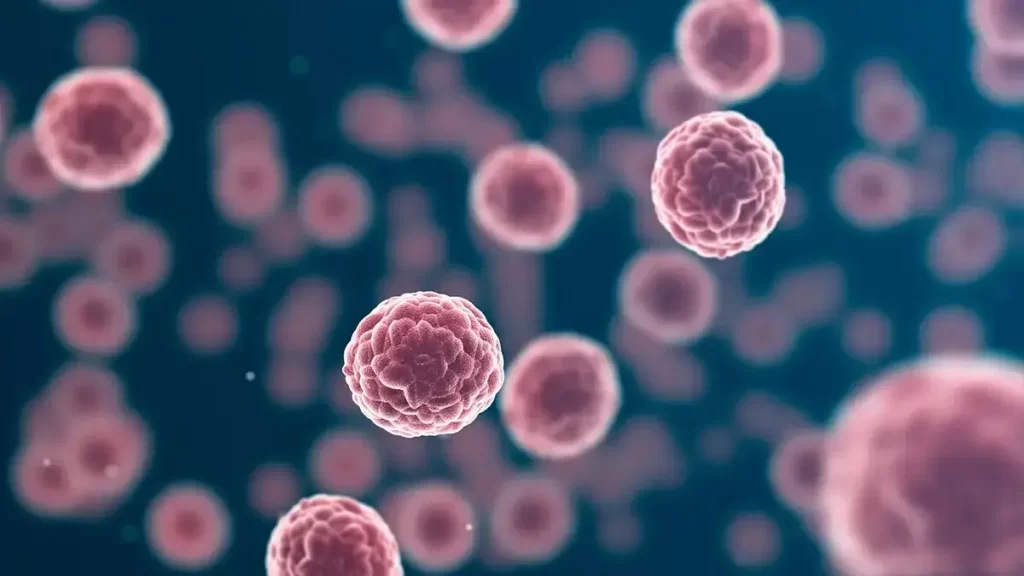Indian Scientists Pioneer Innovative Nanoparticles for Detecting and Destroying Cancer Cells
Indian scientists from the Indian Institute of Science (IISc) have achieved a major breakthrough in cancer research with a novel approach for both detecting and eliminating cancer cells. Their innovation involves the creation of hybrid nanoparticles made from a combination of gold and copper sulphide. These nanoparticles have the unique ability to eradicate cancer cells by generating heat when exposed to light and also facilitate their identification through sound waves. These hybrid nanoparticles possess three key properties: photothermal capabilities, oxidative stress induction, and photoacoustic characteristics. When these particles come into contact with light, they absorb it and produce heat, effectively destroying cancer cells. Furthermore, they generate harmful singlet oxygen atoms that contribute to the cancer cell’s demise. In addition to their therapeutic potential, these nanoparticles also have diagnostic applications. They can absorb light and produce ultrasound waves, making it possible to detect cancer cells with high precision. This diagnostic capability could enhance the accuracy of cancer diagnosis because sound waves scatter less than light when passing through tissues, providing clearer images and more precise measurements of oxygen levels in tumors. One notable aspect of this innovation is its ability to overcome a limitation of previously developed nanoparticles: their size. Through a unique reduction technique, the IISc researchers managed to deposit tiny gold seeds onto the surface of copper sulphide, resulting in hybrid nanoparticles measuring less than 8 nm. These minuscule particles have the potential to navigate through tissues effectively, reach tumors, and exit the human body naturally without accumulating. These nanoparticles have undergone testing in laboratory settings using lung and cervical cancer cell lines. The next phase for the IISc team is to translate these promising results into clinical development, marking a significant advancement in the battle against cancer.

